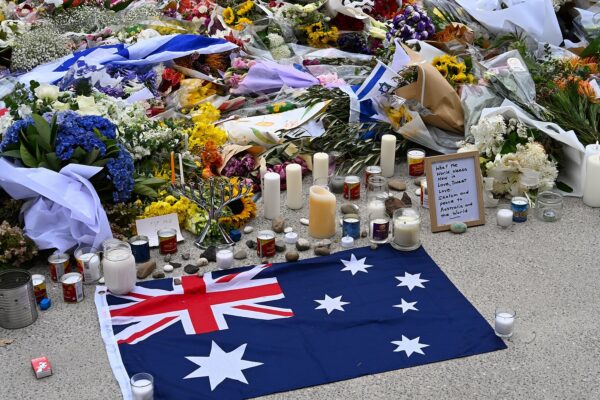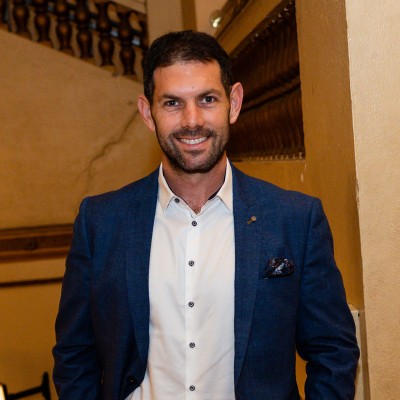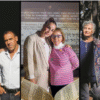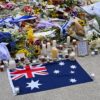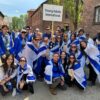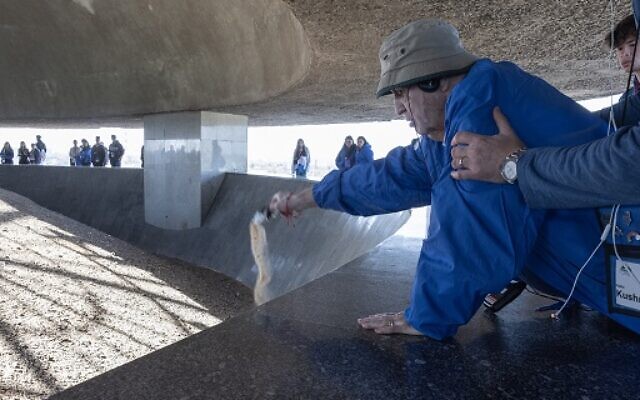
Hershel Greenblat at Majdanek during the March of the Living
Holocaust survivor Hershel Greenblat’s journey from war-torn Europe to finding hope with young people on the March of the Living is a testament to resilience and the importance of remembrance.
Born near Krimitchuk, Russia, in 1941, Greenblat’s family endured hardship during the German invasion. His father was imprisoned, leaving his injured mother to care for him. After the war, the family found refuge in a displaced persons camp in Austria before immigrating to the United States in 1950.
Reflecting on liberation, Greenblat says, “Liberation to me was two different times. The first was in 1945 when we escaped Communist Russia and came to the American zone in Austria at the DP camp…It felt it was a rebirth of our people.” He added, “The second liberation came on November 25, 1950…coming into the New York harbor as a 9-year-old, looking at the Statue of Liberty…It felt like liberation all over again. To live like human beings again.”
Greenblat’s participation in the March of the Living, particularly his interactions with students, has renewed his hope for the future of Holocaust memory.
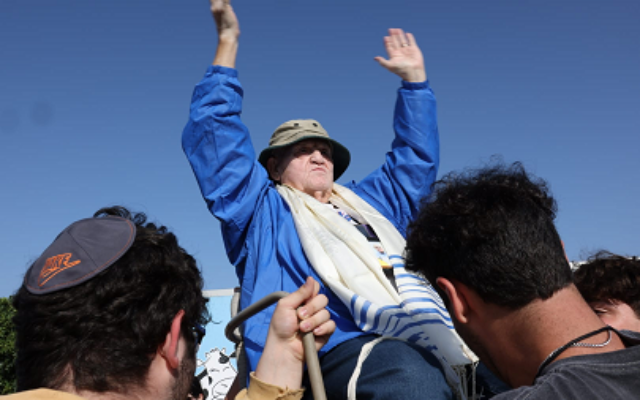
“Marching with these young people gives me a sense that they will be here for me when I’m gone. They will carry on my story so the world will never forget what happened.”
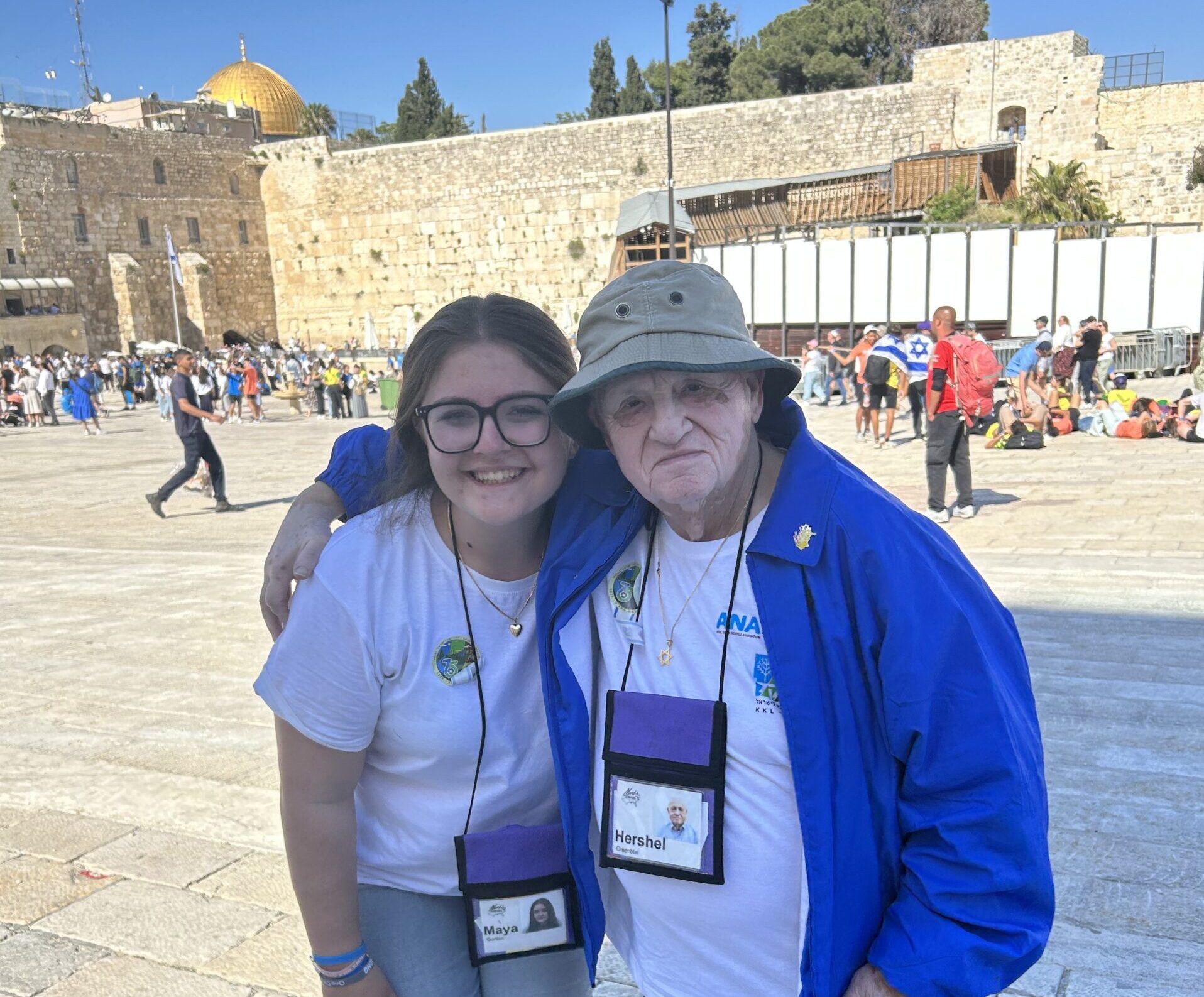
Maya Gordon, the March of the Living alumna, shared her experience marching alongside Greenblat: “One moment we were strangers and the next I had earned myself another grandpa.” She described the profound impact of walking through Majdanek with him, where much of his family was murdered: “It was surreal to be able to walk through that with him…I will never forget the sobbing sounds and begging of ‘why, why us, what did we do to deserve this?’ All of this just because we are Jewish?”
Gordon emphasized the transformative power of the March of the Living: “The March of the Living is essential because it transforms history into a lived experience…It’s also about unity—it brings together Jews from all over the world, creating a shared sense of identity and responsibility.” She added, “Hershel is a part of our living history and getting to hear his testimony firsthand in these places is truly a priceless experience.”
Greenblat stressed the importance of the March of the Living: “To me the importance of the March of the Living is being able to go to Poland…marching with the students from all over the world…I am honoring my family and trying to educate about what happened to them as individuals.”
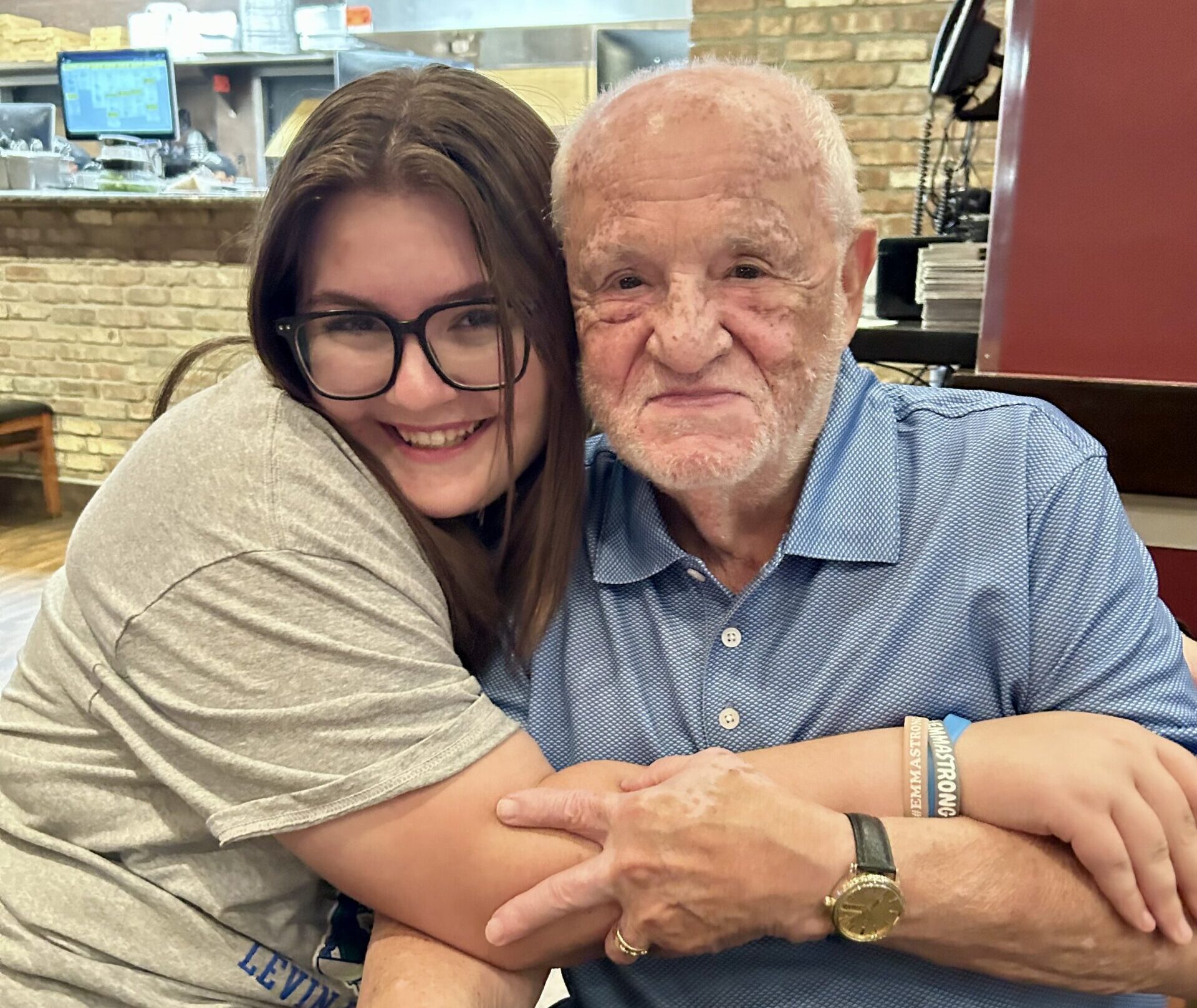
Gordon concluded, “Participating in the March of the Living was a deeply moving experience that reinforced my connection to my Jewish identity and history…The March strengthened my resolve to use the skills I’ve gained…to be an even more active voice for the Jewish people and to stand against hatred in all forms.”
Many survivors like Hershel want to march this Yom HaShoah, the Jewish Holocaust Remembrance Day, with students at the International March of the Living, in Auschwitz.
They need your help.
The International March of the Living asks you to help sponsor a Holocaust survivor’s journey: Bearing witness to their stories is a sacred duty, a vital link between the past and the future. Your sponsorship empowers them to share their experiences, inspiring new generations to remember and fight against antisemitism.

